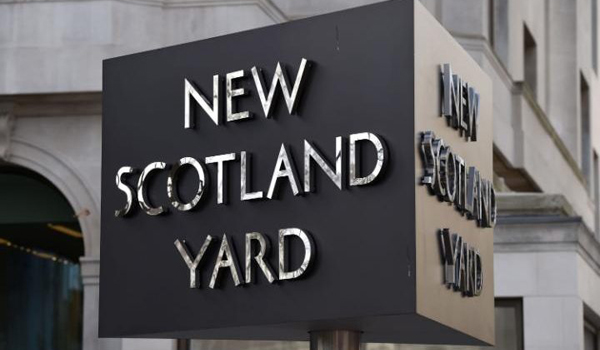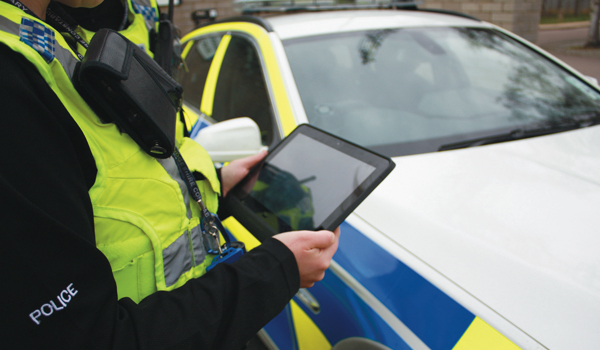EU initiative for smart vehicle communications
As part of its overall fight against road accidents and traffic jams, the European Commission has decided to reserve part of the radio spectrum across Europe for smart vehicle communications systems (so-called cooperative systems).

As part of its overall fight against road accidents and traffic jams, the European Commission has decided to reserve part of the radio spectrum across Europe for smart vehicle communications systems (so-called cooperative systems).
These are based on wireless communication technology and allow cars to talk to other cars and to the road infrastructure providers. They can, for example, warn other drivers of slippery roads or of a crash which just happened.
Smart vehicle communication systems have the potential to dramatically improve safety for Europes drivers: in 2006, more than 42,000 people died in road accidents in the EU and more than 1.6 million were injured, while every day there are some 7,500km of traffic jams on the EUs roads.
For example, if a traffic management centre needs to inform drivers about a sudden road closure, the alternative route to take or speed limits, it will be able to send this information to a transmitter detector along the respective road, which then passes it on to the vehicles driving by.
In the US four years ago, Ford launched its intelligent highway revoultion which effectively turned police cars into sensors.
It teamed up with the Minnesota Department of Transportation to construct an intelligent transportation system where cars talked to the highway and to each other to keep passengers out of traffic jams and bad weather.
Initially, state police cars, ambulances and state-owned cars and trucks were fitted with sensing devices that collected traffic-related data from each vehicle, including vehicle speed, location and direction.
Even weather-related data was obtained, including windshield wiper operation, lights on or off, outside temperature and traction control system status.
Jim Kranig, assistant state traffic engineer of operations, Minnesota Department of Transportation, said at the time: These vehicles will become sensors on the roadway, gathering instantaneous roadway conditions and sharing this information with each other and the infrastructure. This means that the state will have a fleet of vehicles forming an inexpensive mobile sensing infrastructure that will provide roadway information in rural and urban areas.
The European Commission also intends to foster investment in smart vehicle communication systems by the automotive industry, at the same time spurring public funding in essential roadside infrastructure.
The decision is a decisive step towards meeting the European goal of reducing road accidents, said Viviane Reding, EU Telecoms Commissioner. Getting critical messages through quickly and accurately is a must for road safety. We should also keep in mind that with 24 per cent of Europeans driving time spent in traffic jams, the costs caused by congestion could reach 80 billion euro by 2010. So clearly saving time through smart vehicles communications systems means saving money.
A single EU-wide frequency band will be provided that can be used for immediate and reliable communication between cars, and between cars and roadside infrastructure. It is 30MHz of spectrum in the 5.9GHz band which will be allocated to road safety applications within the next six months by national authorities across Europe, without barring other services already in place (such as amateur radio services).



